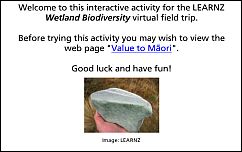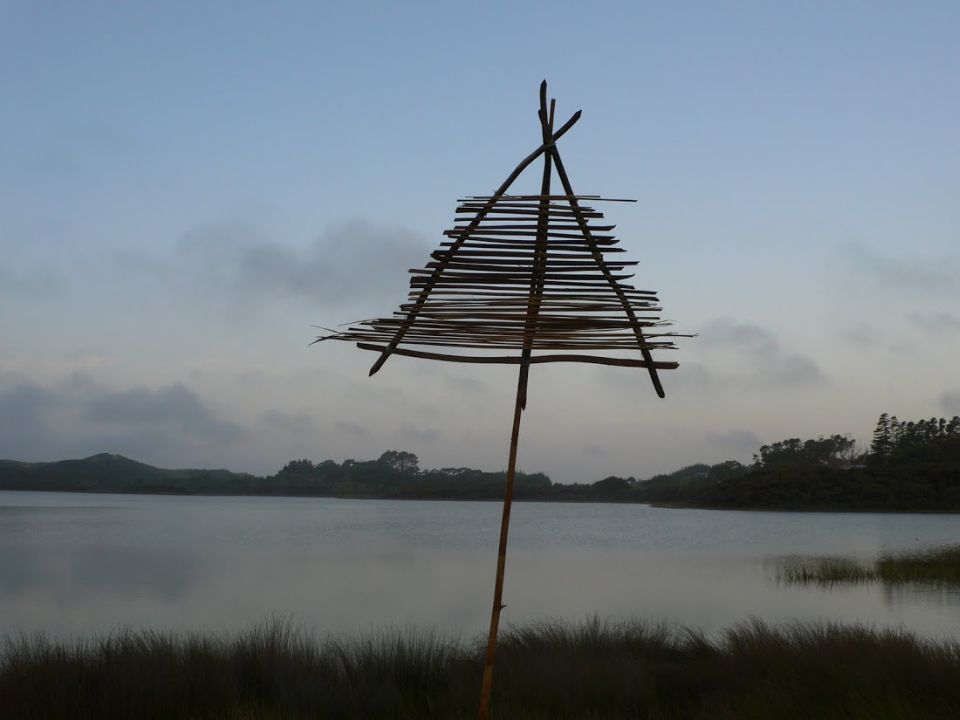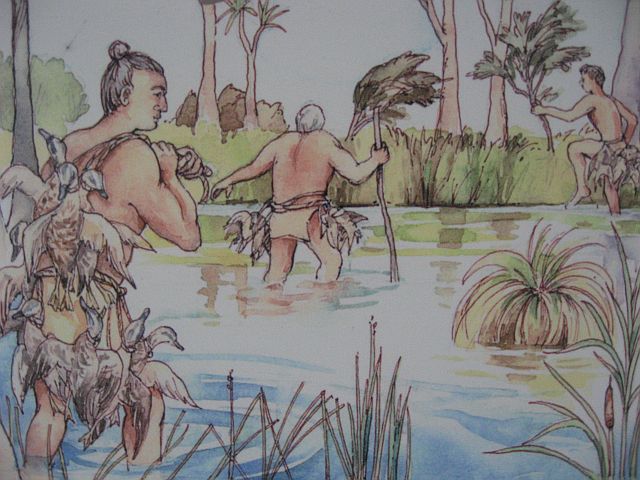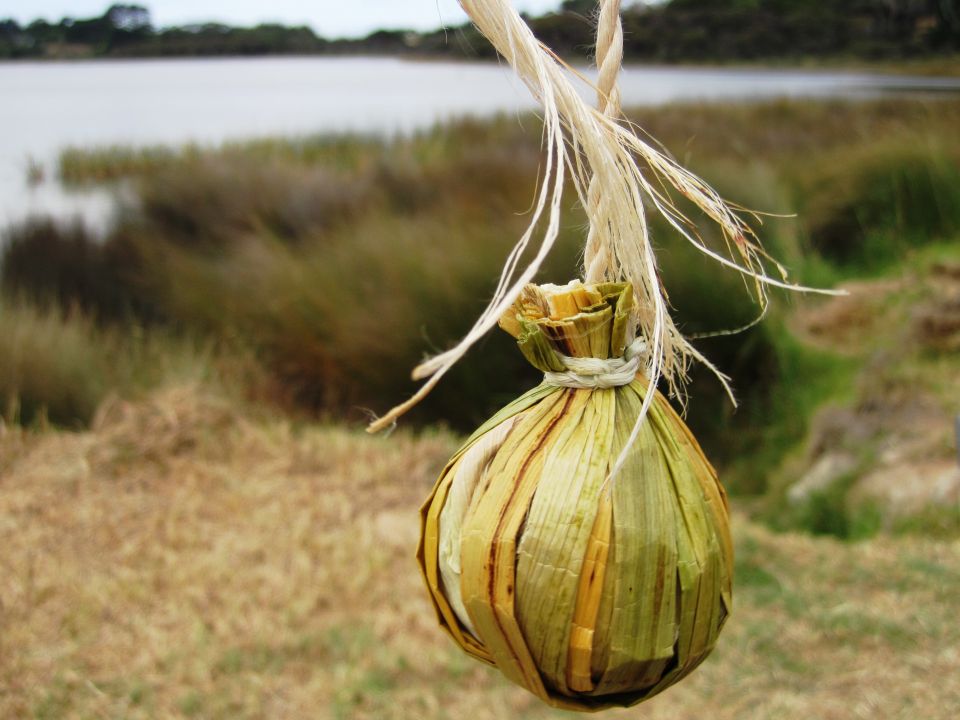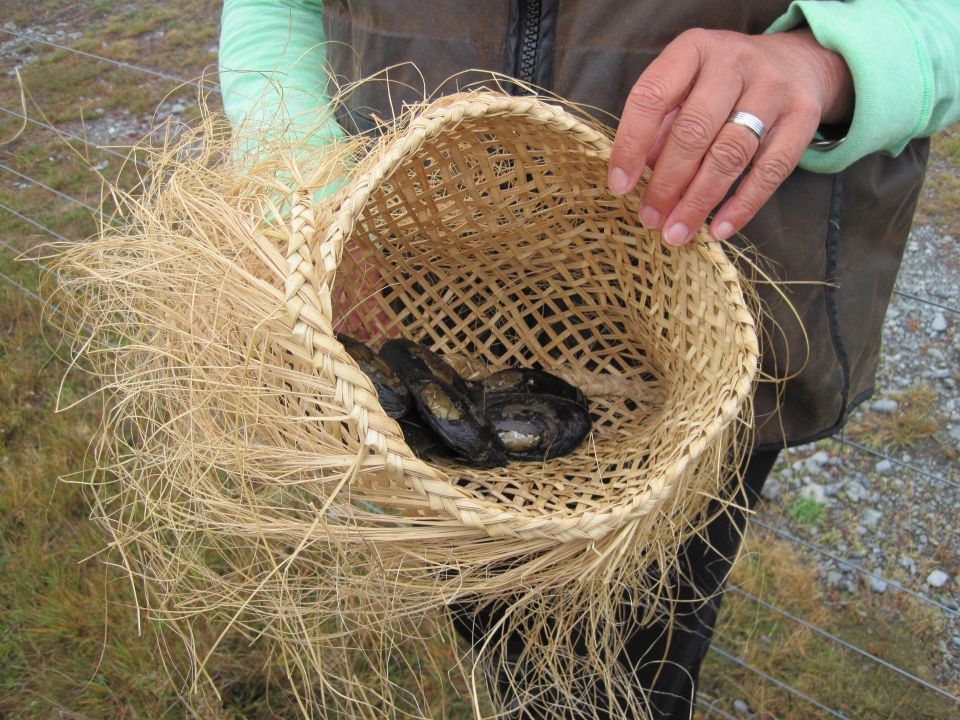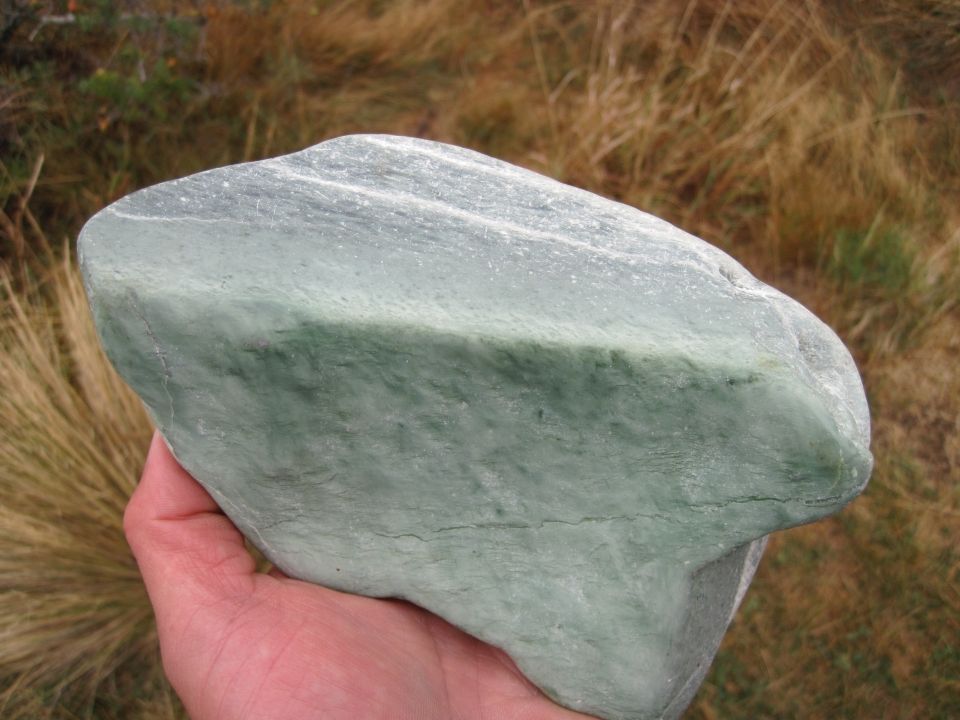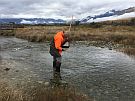Spiritually significant freshwater sources
Before Pākehā arrived, major settlements were sited beside waterways because of their use for such things as transport and gathering food and materials. These waterways are closely linked to the identity of tangata whenua.
Different values and uses
Māori recognise many different types of water - momowai and each has different values and uses. Every body of water also has a life force and should not be mixed with water from another source.
The significance of water to Māori
- wai (water) comes from Papatūānuku and Ranginui
- wai is linked to identity
- it gives tangata whenua (people of the land) life and food
- awa (rivers) stand for the tūpuna (ancestors) of the tangata whenua
- water and rivers have their own mana (integrity)
- water also has its own mauri (life force) and spirit
- spiritual qualities (mauri and wairua) can be badly affected by the misuse of water.
Value of Ō Tū Wharekai to Ngāi Tahu
Māori throughout Aotearoa greatly valued wetlands for their spiritual significance and as a source of mahinga kai (traditional food). Wetlands provided Māori with abundant supplies of flax for clothing, mats, kete and rope, raupō for thatching houses and dried moss for bedding. Some wetland plants also provided ingredients for medicine.
The eels, fish and birds that lived there were a good food source and the feathers of birds like the pūkeko and bittern were used to decorate cloaks and other garments. Canoe routes to these resources came from waterways within and between wetlands. Māori also used wetlands to hide their precious taonga (treasures), for preserving timber artefacts and waka (canoes), and as a safe haven in times of war.
Māori gathered the following mahinga kai at Ō Tū Wharekai:
- tuna/eels
- weka
- kākā
- wood pigeons/kererū
- tūī
- pūkeko
- freshwater mussels/kākahi
- fern root/aruhe
- rats/kiore
- native trout/kōkupu
- mountain daisy/tikumu
- cabbage tree/ti kōuka
- carex secta/makura/pūrei.
Ō Tū Wharekai was also part of the pounamu trails and an ara (way) to Poutini (West Coast).
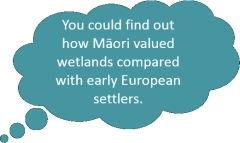
- Further information on Ō Tū Wharekai - from Ngāi Tahu http://ngaitahu.iwi.nz/our_stories/ancient-paths/

